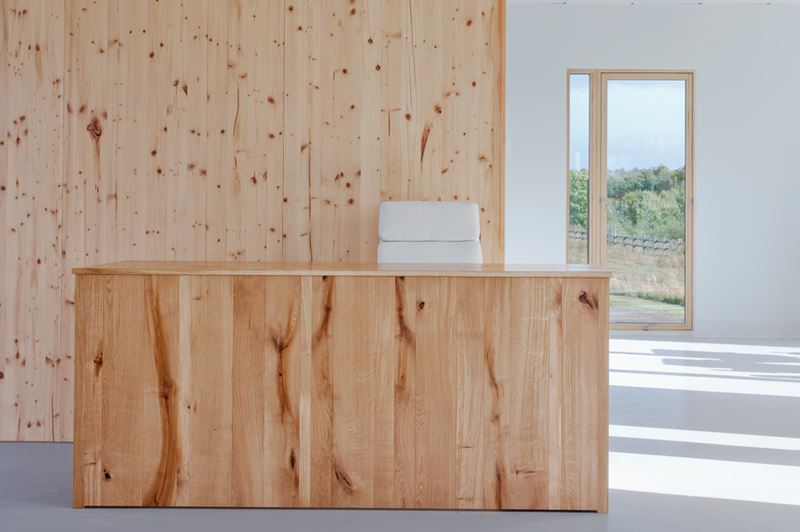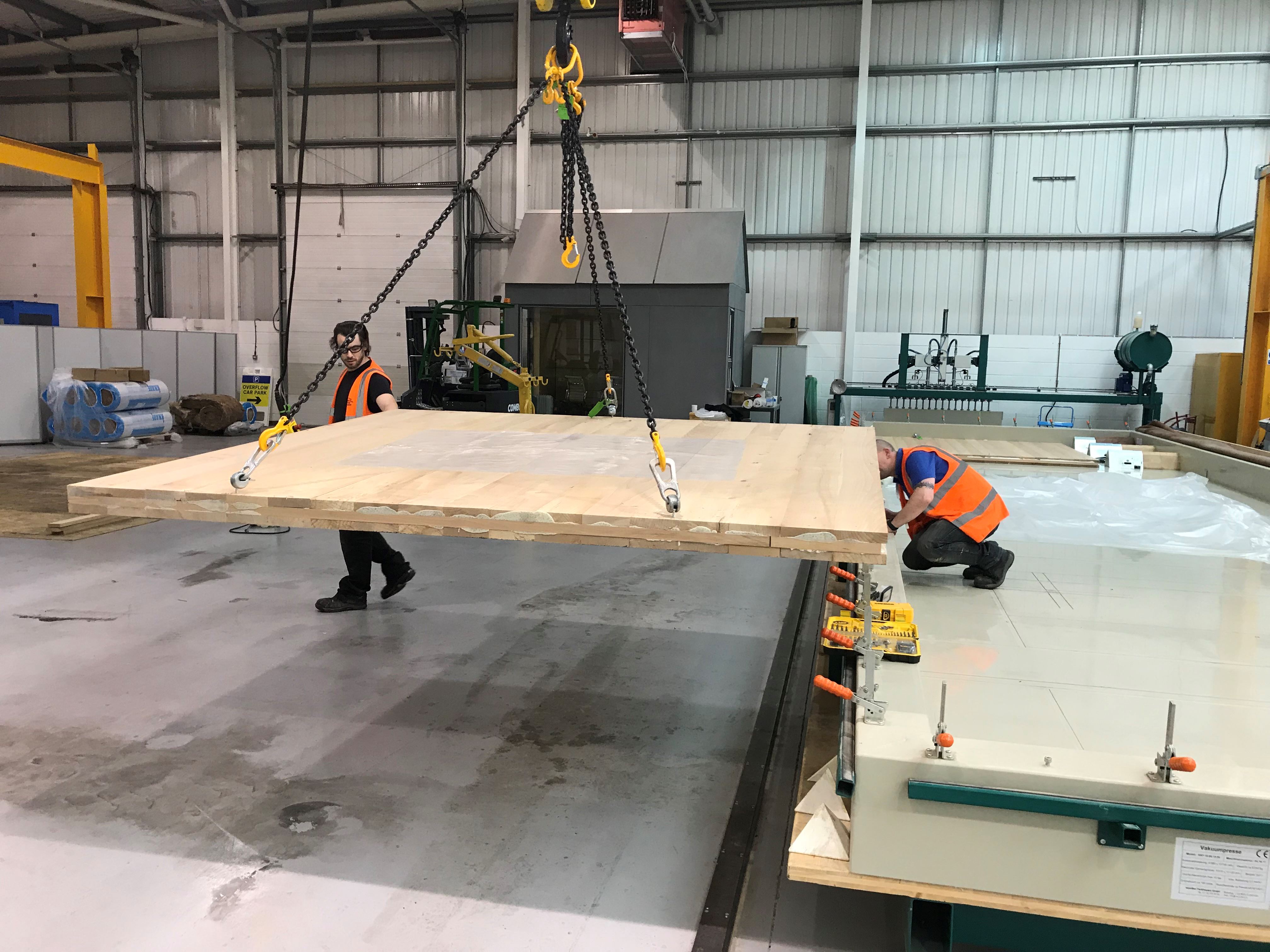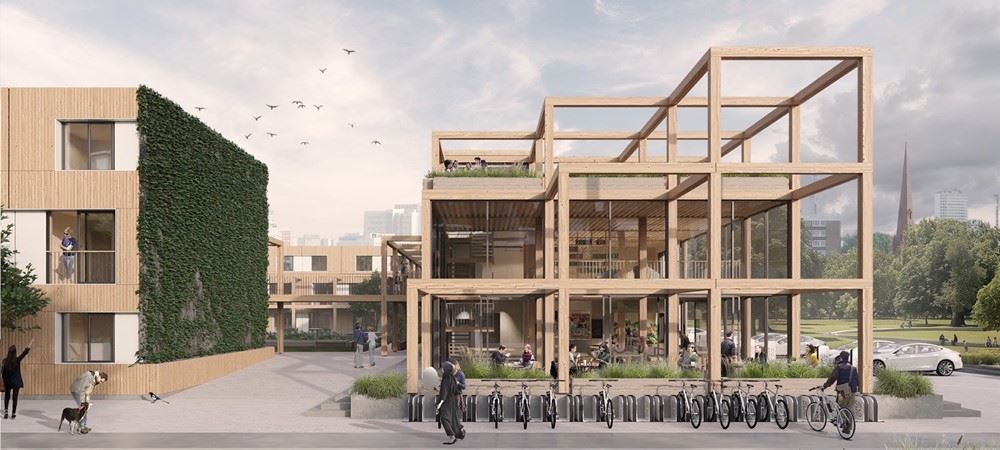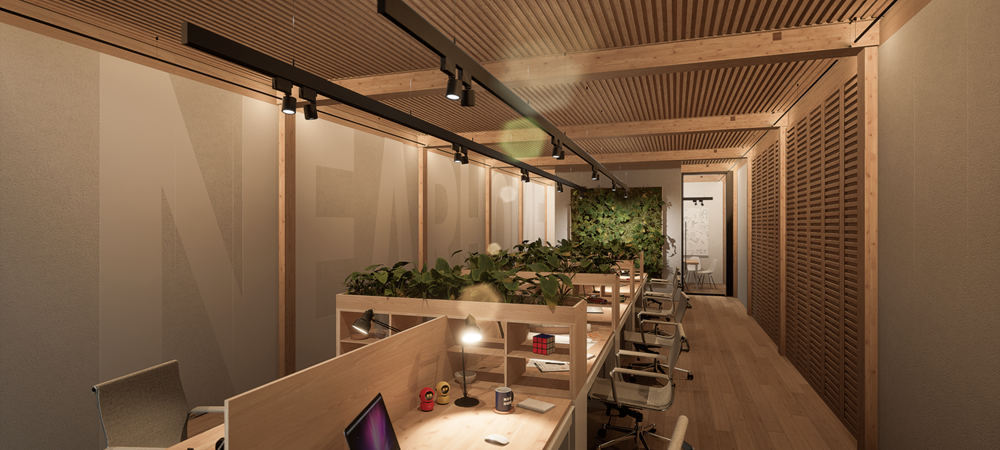Content
The Benefits of Training in Mass Timber

Scottish pioneer of mass timber says mass timber systems offer new possibilities and opportunities in design and construction.
Speaking ahead of our new training event for learners to become familiar with the fundamental principles of mass timber construction, hosted at BE-ST on Wednesday 28th May, Peter Wilson says training is key for UK organisations to not fall further behind.
Peter Wilson has an extensive history in the world of mass timber, having founded Edinburgh Napier University’s Wood Studio over fifteen years ago, helping win the Queen's Anniversary Prize in timber research, and going onto build the Mass Timber Academy.
We sat down with Peter to delve into the benefits of mass timber training, the current landscape in the UK, the growing global advancement of mass timber, the business and site benefits and the expertise that will be present at the training.
The one-day mass timber training course hosted at BE-ST alongside Rothoblaas, IWS and Peter Wilson. Designed for those in the sector looking to unlock various opportunities by improving their knowledge-base in mass timber.
Book your place on the day here.
What problems does mass timber solve for the sector?
Mass timber systems offer different possibilities and new opportunities in design and construction, with an almost daily diet of emerging areas of research and development taking the various mass timber technologies into an ever-increasing range of solutions to existing and new building types. And it is not only in small-scale construction. The appearance of very large mass timber industrial buildings, for example, and the rise of mass timber residential towers provides ample evidence that we are only at the beginning of a mass timber revolution that is having a global impact on the world of construction. The RothoSchool event at BE-ST on 28th May is your chance to be in the vanguard of this revolution rather than in the slipstream.
Why should the sector be looking in the direction of mass timber?
In my experience, contractors can be hesitant to use mass timber like CLT for the first time, but often become enthusiasts for this mode of building construction afterwards. For clients too, the possibility of faster erection times, reduced borrowing periods, quicker cashflow from properties and with fewer subsequent snagging issues mean it’s a win-win.
With upwards of 30% of building materials from non-renewable sources thrown away each year, there is also an urgent need to reduce over-procurement and over-design, each of which are hugely costly.
The nature of mass timber fabrication means that when a drawing goes from the designer’s computer to the manufacturing facility, everything is optimised to make the most efficient use of timber. This means that when these components arrive on site, they can be assembled without alterations that result in waste.
What are the construction benefits of using mass timber?
Mass timber has distinct benefits over other construction methods: speed and accuracy of construction, reductions in foundations due to lighter weight structures, less cranes on site, fewer assembly personnel using hand tools, accuracy of manufacture, better carbon sequestration than almost all other structural systems, end-of-building-life reuse - the list goes on and on.
Why should designers look at mass timber products?
Given the planetary challenges we face as a society, continuing to use 19th and 20th century building technologies when we know the environmental problems that they create is simply to kick the can of responsibility down the road for a future generation to solve.
Mass timber is never likely to replace concrete and steel for some of our building needs, but it can help to significantly reduce the depletion of non-renewable resources that continue to be extracted from the ground.
The great thing about mass timber is that the engineering of these systems allows us to use wood in ways that were never previously possible. Parametric design and robotic manufacture have provided us with new and continually evolving tools to construct better and healthier buildings. And when the lifespan of these buildings ends, to be able to reuse the timber material in many ways.
What are some of the biggest barriers to overcome?
The biggest barriers to greater use of mass timber are not, as some would imply, insurance risks or manufacturing costs, but two-fold: the almost complete absence of their manufacture in the UK; and a lack of education in their use.
At a time when places around the world are rapidly amending their building codes and regulations to encourage greater use of mass timber, the UK in increasingly lagging behind.
The absence of any consistent or coherent education in the use of timber - and mass timber in particular - in almost all UK university and college courses in architecture, technology and structural engineering, is denying our workforce the opportunity to prosper in a global environment for construction.
This is largely because teaching staff have no experience or substantive knowledge in timber. This needs to change.
What can be done to overcome this?
Fundamentally, we need to manufacture - and from UK-grown timber.
There is enough demonstrable evidence to show that we can construct, housing, schools, health and industrial buildings - indeed most of our building needs - more quickly, more efficiently, more safely and with infinitely superior sustainability credentials than the methods we conventionally use.
The creation of economically-viable manufacturing and construction sectors enables a distinctive area of R&D to emerge in our higher education facilities, the results of which can then feed into teaching in these institutions. It won’t happen quickly, but it has to happen.
Can you tell us about the Mass Timber Training at BE-ST?
The opportunity to gain knowledge through initiatives like the RothoBlaas Schools can’t be missed. As the world’s foremost manufacturer of the connections and fixings necessary in all mass timber projects, RothoBlaas has invested more heavily in R&D and training than possibly any other company in the industry and the quality of information and experience it is able to provide is without parallel.
The training on offer in the forthcoming one-day course at BE-ST is not a sales-pitch: it’s to provide hands-on experience on how mass timber structures are assembled.
Participants will learn in depth about the rapid growth in use of mass timber systems, see how they are made, and have the opportunity to put them into use.
Mass timber construction for starters
The Theory in Practice Mass Timber Training day on 28th May 2025, run in partnership between Rothoblaas with Built Environment – Smarter Transformation, Intelligent Wood Systems, Mass Timber Academy and Glulam Solutions, bridges this gap, equipping you with the technical skills, practical insights and confidence around mass timber.





